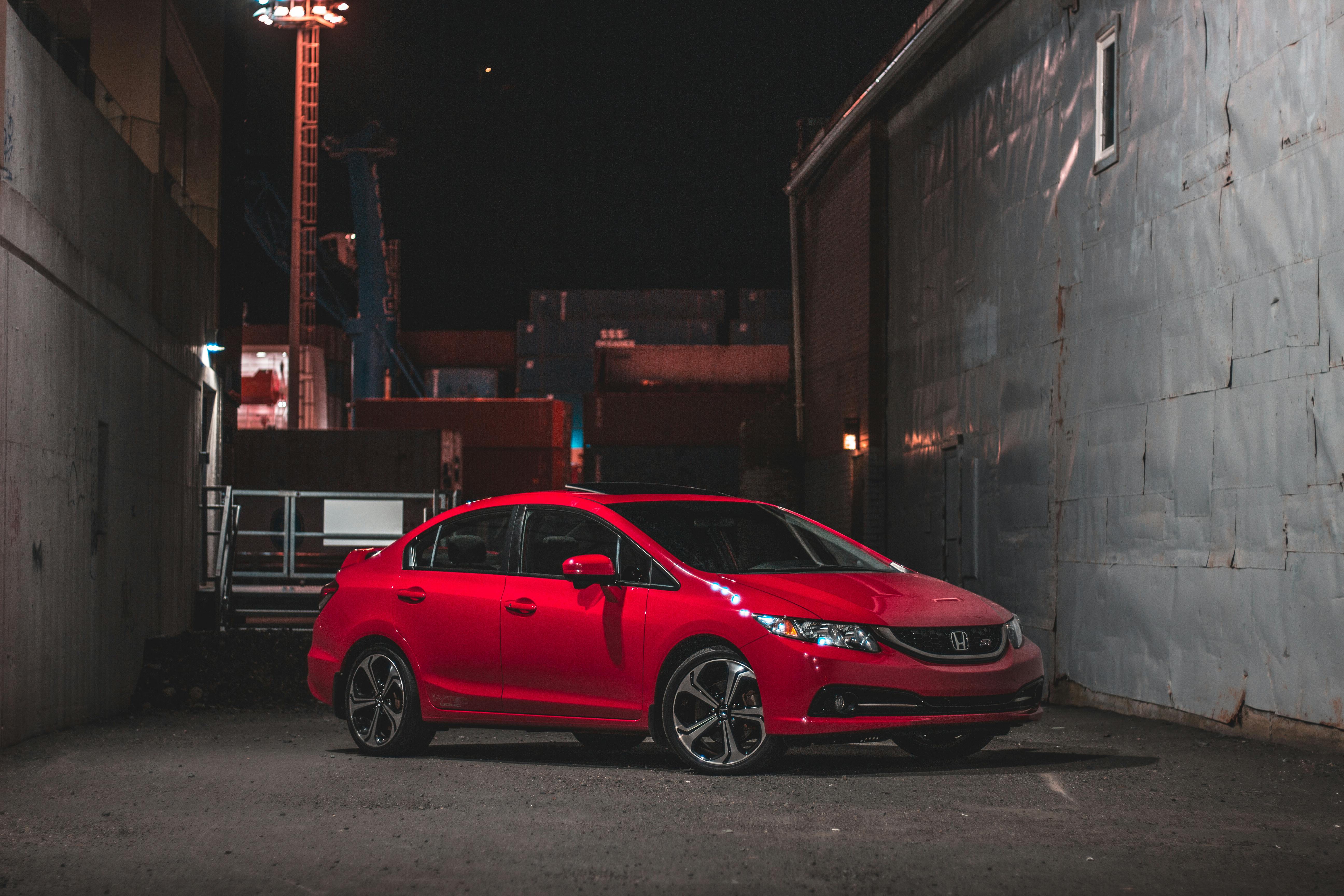In 2000, small changes were made to improve the Terios. The models that were comparatively expensive were equipped with a central locking system along with power windows at the front. Some additions include rear seat headrests, alloy wheels, roof-mounted spoilers, and roof rails. Earlier SOHC power plants were replaced by DOHC engines. This enhanced his power. Finally, the black plastic grille of previous models was swapped for a more durable and stylish chrome. In Japan, the turbocharged sports version of the K3-VET engine was released.
Daihatsu, a Japanese automobile manufacturer, first released the Daihatsu Terios in 1997. It had either a modified 660cc keicar engine or a 1.3-liter Daihatsu Charade engine with constant two or all-wheel drive. It has a four-speed automatic transmission or a five-speed manual transmission. The first generation of Terios features a width of less than 1500mm. it was a smaller 4-door wagon model known as the Terios kid. It was released only in the Japanese market. Toyota and Daihatsu teamed up to develop the second generation of Terios.
In 2001, a limited edition sports series was released in the Australian market. In that introductory phase, there were only 200 units available. The car featured body color-matched bumpers, which had a new look compared to the previous two-tone bumpers on the regular model. Sunroof and rear spoiler became standard. In addition to this, this vehicle featured sport seats, updated metallic painted interior, and white faced dials.
The first generation of Toyota Cami and Daihatsu Terios are known by many other names in the global car market. In 2006, the second generation Camis and Terios were released. They had different names in different countries. It was known as Toyota Rush and Daihatsu Bengo in China and Japan, while in Turkey it was called Daihatsu Yeni Terios. In Chile, it was named Daihatsu Terios Wild.
The second generation of Terios features a width measurement of 1700mm which is comparatively extended compared to the first generation which has a width of 1500mm. In 2005, the Daihatsu D-Concept 4×4 was initially introduced at the Tokyo Motor Show. In 2006, it was produced under the renamed Daihatsu Terios. In the Japanese market, the Toyota Rush and Daihatsu Bengo replaced the Terio.
Malaysia and Indonesia launched second generation Daihatsu and Toyota with extended wheelbases in 2008 and 2006 respectively. In 2008, Malaysia also introduced the Perodua Nautica. It was available with an automatic transmission at the same costs as the Toyota Rush extended wheelbase. It is available in gray and black color options. This vehicle features a 1.5 liter DVVT power plant with lockable center headlight.
The Daihatsu Terios and Toyota Rush family of small SUVs arose from the emergence of numerous variants and models with proven reliability and performance. If you trace the origin of these important cars, you’ll come back to the Toyota Cami. The Toyota Cami is absolutely the origin of a powerful lineage. Its proven performance and pedigree brand make it worthwhile as an option.
All in all, the Toyota Cami is a pioneer in its exceptional family that has proven its worth. So are you still here? If you are planning to buy one, check out all the available options and find a suitable one that suits your needs and budget. Are you ready to get on one?
